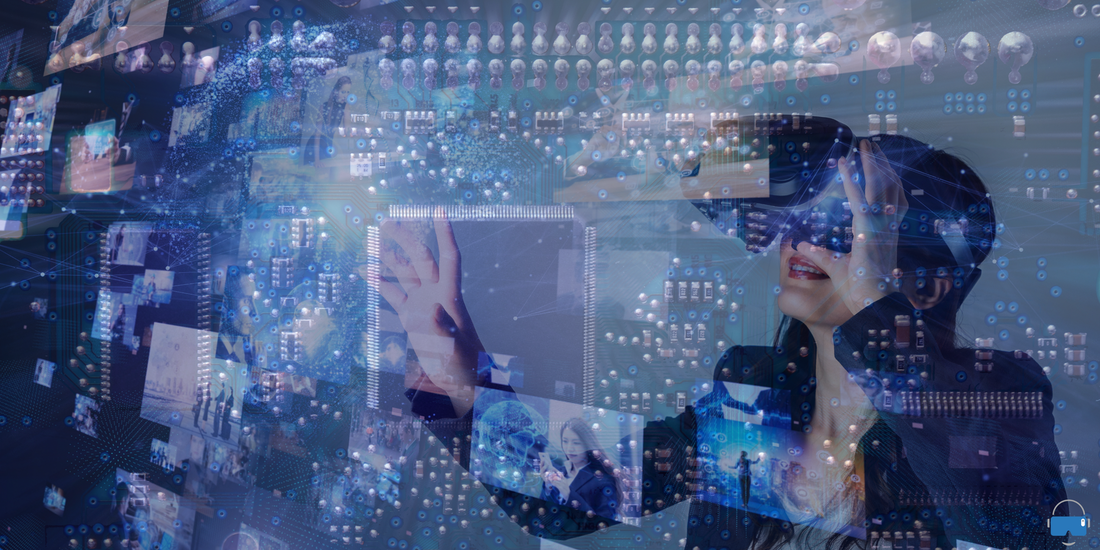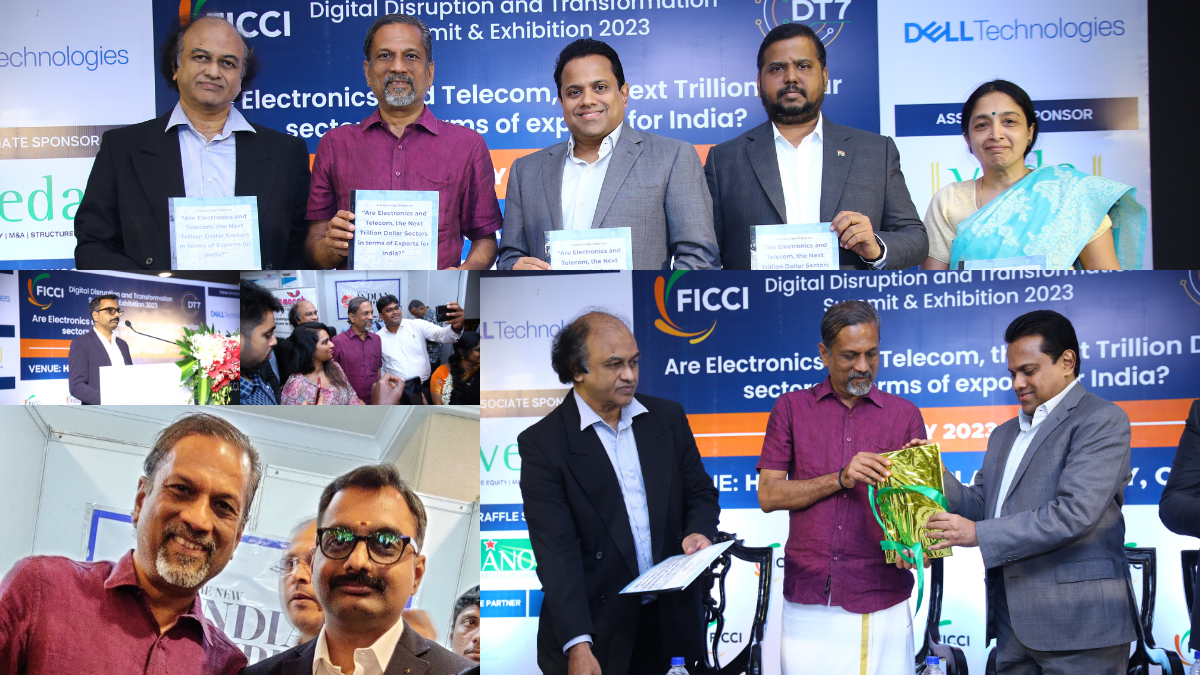GRAHA's VR - A Square Comp Brand.
No.42, Avadi-Vel Tech Road, Chennai, Tamil Nadu 600062, Vel Tech TBI.
Chennai, Tamil Nadu, India
Computer Vision & Virtual Reality

Computer Vision as a Technology has been in evolution since the late 60's. There has been an exponential growth in Computer Vision as a Technology and the complementary technological counterparts as a ripple effect.
The goal of most technologies are to achieve a Human like potential or capability. The objective of Computer Vision is to replicate the complexity of Human Vision system. We donât have to state separately, as to the potential and power of a Human Vision system. But, the compounding effects that can be achieved in the computing world with a Human like vision system and recognition is immense.
Itâs quite interesting to see how an advancement in one particular domain in technology can result in parallel development across sectors. We are all so entangled with Internet & GPS today, but very few know that they were originally projects developed for defense and space. Such is the power of a technological advancement. A development in one particular space can create an entirely new ecosystem other than itâs intended use case.
With the case of computer vision, we donât want to get into Nitty-Gritty of the technological aspects, but will broadly outline itâs role and scope.
Even though the seeds for the technology were sown way back in the 60âs, the technology and sector werenât able to make leaps and bounds until recently, till some path breaking innovation in Artificial Intelligence, Deep Learning & Neural Networks.
Itâs quite fascinating to see how much of the source inspiration is already available in nature. The most complex of all is the Human system. If we are able to replicate even half of what the Human system does in various different technological factors, we would be able to achieve breakthrough accomplishments for the next century or so.
Technologists and Computer Scientists are intending to achieve the same by building the neural nets, algorithms and computer vision to mimic the way brain works.
All the facial recognition we have today in various different devices ranging from our Smartphones to Security Cameras are a result of progress in computer vision.
Recognizing a person or a face is one of the primitive functions of a Human Eye. Similarly, the facial recognition and other advancements, we have made in computer vision are the stepping stones to a grandeur endeavor. All the research and data processing, happening in the field of computer vision are focused at improving the quality of image processing and sensing.
Over time the image processing have become quite advanced and post Covid, we have mechanisms to check with and without face masks as well. If we could recall the initial facial recognition systems, the computers werenât able to detect faces before and after beard, low lit room condition and glasses etc. Thanks to all the progress and as enough data has been fed to the computing beings, they are able to distinguish a person with or without beard, recognize people with glasses and even low lit room conditions etc. The image processing has almost become instantaneous as well, due to the parallel advancement of the computing processes and power.
So, the first building block in facial recognition seems to have been solved. The next step is to be able to distinguish people across their timeline and predict the future persona. Also one of the famous pics in AI - Facial recognition field is the ability to differentiate between a chihuahua and a cup cake, as both the pics look similar. This is a classic example of how primitive the technological evolution has been, even after decades of advancements in comparison to the Human Beings.
The key challenge towards achieving this is the ability to gather enough data of people and objects across various different timeline. The data of people and places over the past decade might be easily available and accessible ever since the advent of social media. But acquiring the data and images prior to that have been a challenge, as some of the earlier images have not been in a digital format too. Even one of the famous 10 years before and after photo challenge by one of the social media giants was touted and rumored to be an act of such data gathering and image processing.
In the case of Virtual Reality and Computer Vision, they both go hand in hand. Any significant advancement in computer vision will lead to parallel compounding effect in the growth of VR as a technology. As a matter of fact, developments in Augmented Reality rely heavily on computer vision. Image sensing and processing helps in the development of 3D content largely. VR is made on the premise of 3D environment. To be able to add other technological components like AI, Neural Networks and Machine Learning with Virtual Reality has umpteen no. of use cases waiting to be solved and new markets to be created and penetrated.
For instance, the objective of computer vision is to achieve the complexity of Human Vision. If we are able to obtain it in a 3D environment in a virtual world, then it will make the most advanced virtual system we have today a rudimentary primitive element.
Collaboration is not a key element just across businesses and teams, itâs an important factor in technological advancement too. Without strong computing chips and powerful processors the size of your thumb, there could have never been a Smartphone. Without a key hole size camera, the Ultra Wide and pixel heavy smartphone cameras wouldnât have been a reality.
The latest episode in our Storyboard Series on âMETAVERSEâ went live last week. Please do check it out, if you havenât seen it yet.




